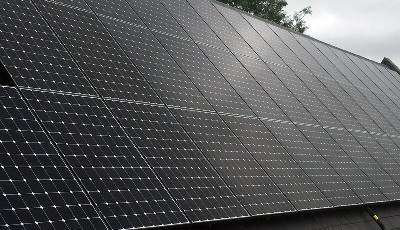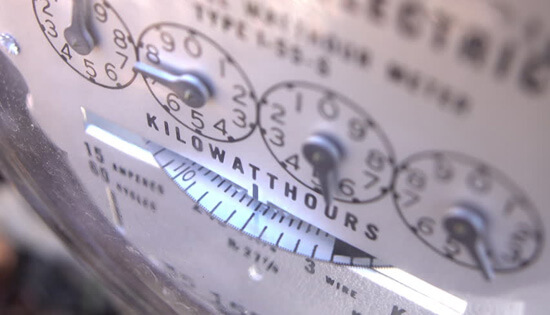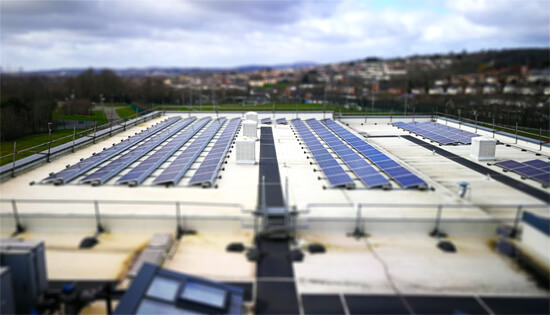Spotlight on solar this Great Big Green Week
The Great Big Green Week has begun. It’s the UK’s biggest ever celebration of community action to tackle climate change and protect nature, and we are right behind it!
Supporting energy change
Community action to bring about climate change, and more specifically energy change, is something we wholeheartedly support. In fact, we built the very first community-funded solar project in the UK, and have been responsible for nearly 10% of all community renewables in the UK – all of it rooftop mounted solar.
We work closely with our friends at Energy4All. It’s a partnership which has helped to bring about some incredible community energy projects, including installing an iconic solar array on Salisbury Cathedral, a 1.3 MW portfolio of community funded installations for M&S, and our 636kWp installation at Prodrive with the Low Carbon Hub. This became the largest community funded roof in the country.

Energy4All work with communities to develop these innovative renewable energy projects. They raise the funds for them to move forward, and we install the solar. We’ve recently finished one such community project and we’d love to share it with you, to celebrate The Great Big Green Week 2024.
Solar schools – Brentside Primary
Let’s shine a light on Brentside Primary Academy, a two form entry academy situated in Hanwell, in the London Borough of Ealing.
We’ve just installed 41.71kWp of solar PV here, helping the school make the transition to renewable energy. It’s part of their efforts to reduce carbon emissions and make the school more environmentally sustainable. With an annual predicted generation of 37,580 kWh and CO2 savings of 7.78 tonnes per year, they are certainly well on their way to achieving their ambitions.

Brentside Primary was keen to swap to solar as it
“takes the pressure off the wider national grid infrastructure, and with the increased demand for electricity, the use of clean, renewable energy has never been more important. We would like to thank Energy4All and Joju Solar for making the project possible”.
Brentside’s solar installation is part of the portfolio of projects made possible by The Schools’ Energy Co-operative – a co-op installing community-funded solar panel systems on schools free of charge, as well as paying all its profits to its member schools. At Joju Solar, we’re very proud to be part of it.

Swap Together
So, this Great Big Green Week what will you swap? Have you got plans to change the way you generate or consume energy? Are you interested in running your home with solar energy? Does your workplace have a large roof that would be perfect for solar panels? Perhaps you’re a school that would love to follow in the footsteps of Brentside Academy?
If this Great Big Green Week (or any week!) you’d like to explore changing the way you generate and consume your energy, we’d love to help.
Just get in touch with us here and let’s create a green future together.
Get involved
- Find out more about solar and battery storage for homes.
- Discover more about solar and EV Charging for business.
- Find out more about community solar.
- Discover more about solar for schools.
- Already taking small steps or large strides to create a green future? Share the swaps you’re making, on The Great Big Green Week’s website, to celebrate The Great Big Green Week.



















